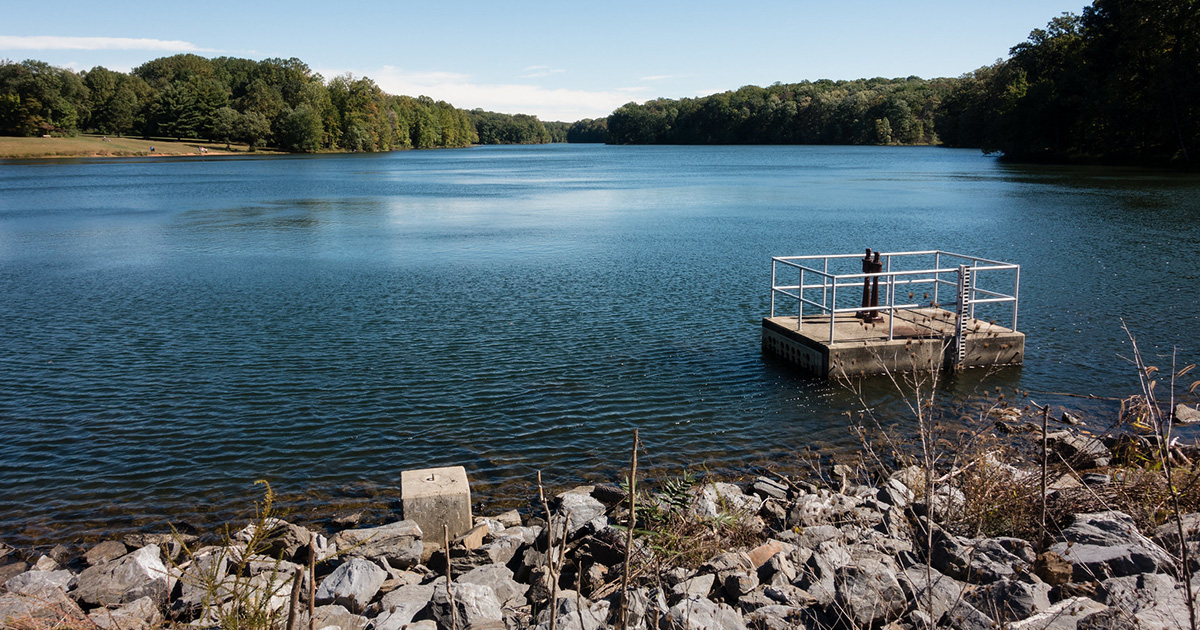A new update from the Chesapeake Bay Program partnership indicates a slight decline in water quality in the Chesapeake Bay, which seems to be a result of the heavy rainfall in the region during the summer of 2018 and 2019, that led to lower water clarity and dissolved oxygen.
To achieve the CBP partnership’s water quality goals of improving water quality in the Chesapeake Bay, the US Environmental Protection Agency is making an unprecedented investment into reducing nutrients and pollution from the watershed.
“The water quality standards are a lagging indicator because it does take time for the effects of the flooding that we saw in 2018 and 2019 to be fully felt. However, this slight decrease in water quality underscores the need to build on the progress that we’ve made in the 40 years since the Chesapeake Bay partnership was formed,” said EPA Mid-Atlantic Regional Administrator Adam Ortiz.
“Despite the slight decrease in water quality, the story of the past two years is one of tremendous improvement, especially in the agricultural sector. The Biden administration is making a generational investment into the Chesapeake Bay—$238 million through the Bipartisan Infrastructure Law. That money is going onto the ground in the form of grants and technical assistance, like the recent partnership with EPA, Hershey, and Land O’Lakes to improve farm sustainability and water quality in Pennsylvania and ultimately the Bay,” added Ortiz.
EPA is engaging with the Pennsylvania farm community and decisionmakers far more than ever before. Regional Administrator Ortiz and his team have participated in more than 50 meetings, roundtables, and farm tours and connected with more 1,800 members of the agricultural community. That engagement has paid off, and the legislature passed a new Agricultural Conservation Assistance Program, funded at $220 million.
Computer modeling shows that nitrogen, phosphorus, and sediment levels have been decreasing annually from the 2009 baseline. Nitrogen has decreased from 297.8 million pounds in 2009 to 255.9 million pounds in 2022; phosphorus decreased from 17.2 million pounds in 2009 to 14.9 million pounds in 2022; and sediment decreased from 18.9 billion pounds in 2009 to just under 18 billion pounds in 2022 and met the 2025 target for reduction.
EPA has also increased inspections and compliance assurance throughout the Chesapeake Bay watershed. In Pennsylvania, EPA has begun on-farm visits and increased inspections of point sources of pollution. EPA is also continuing to work with the Maryland Department of the Environment to prevent polluted wastewater from entering the Chesapeake Bay from wastewater treatment facilities.
“There are many challenges facing the Chesapeake Bay watershed and the millions of people that live, work, and play within it,” said Ortiz. “Climate change will bring more and stronger storms that could cause more nutrient runoff and stress the capacity of wastewater treatment plants. By investing now in better infrastructure and sustainable conservation practices, we will be better prepared to handle impacts of climate change in the Chesapeake Bay watershed.”





